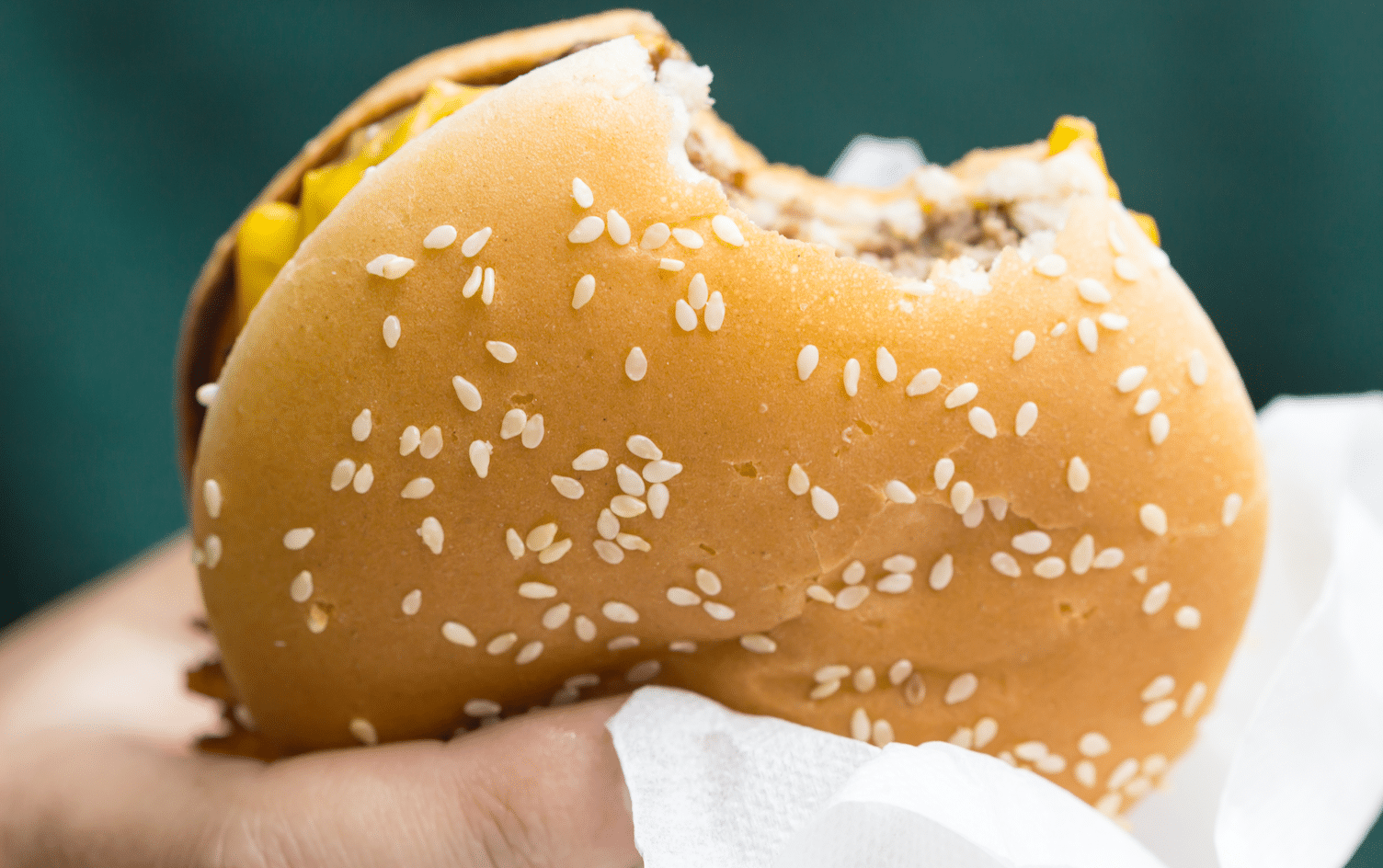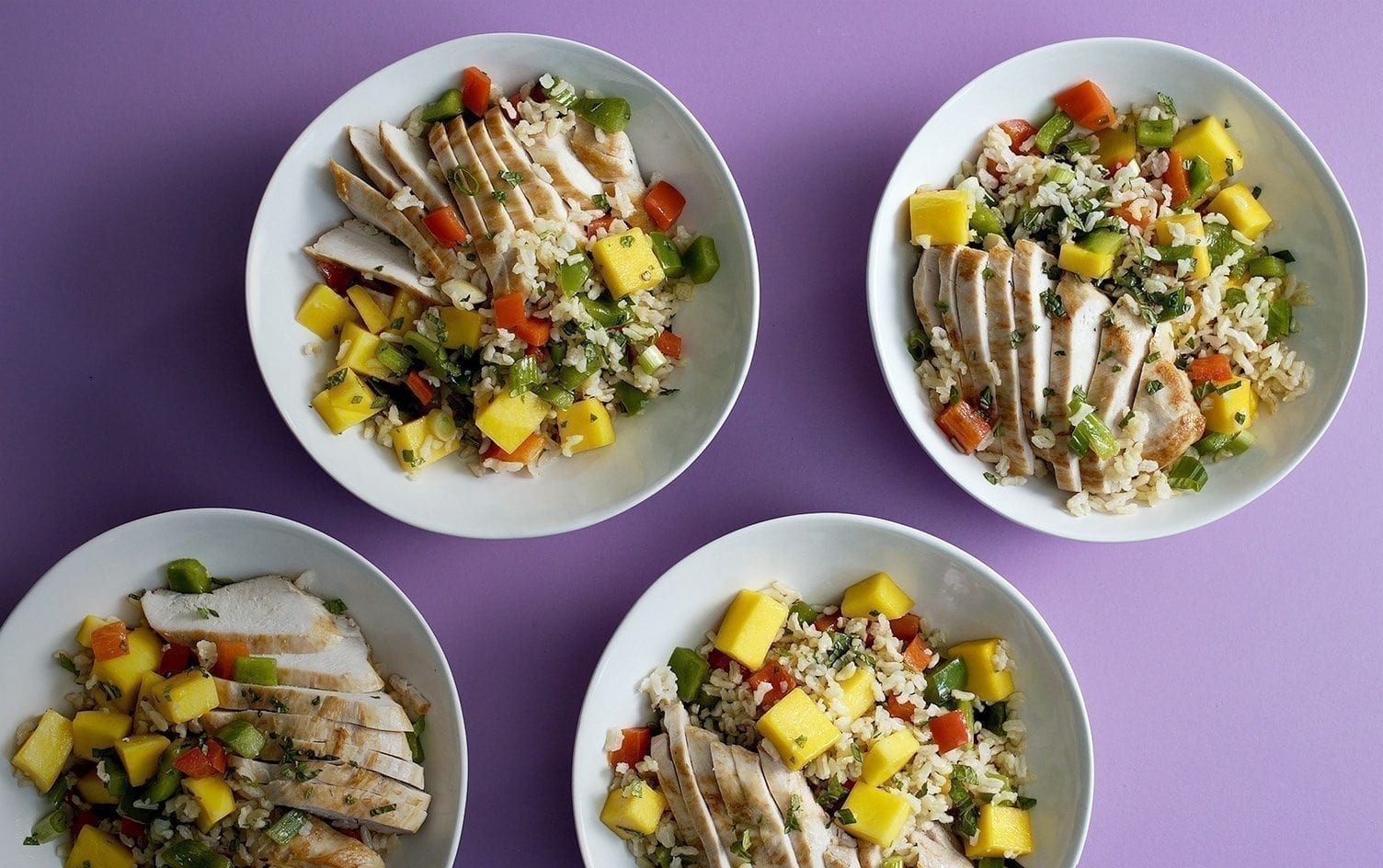Following a healthy, well-balanced diet over the long term requires flexibility. That’s why tracking macros to ensure you have a balance of carbs, protein and fat, is so popular. The process starts by calculating a target calorie intake based on your height, weight, physical activity level, gender and age. The MyFitnessPal app can help you do this. Then, you can determine a macro mix based on your goal (i.e., weight loss, maintenance, building muscle, etc.)
HOW TO CALCULATE YOUR MACROS
MyFitnessPal’s current default ratio for weight maintenance is 50% calories from carbohydrates, 20% calories from protein and 30% calories from fat. Let’s use this baseline mix as an example for a person with a 2,000-calorie target intake.
Try our free Macro Calculator to get an even more personalized recommendation!
MACRO MIX FOR WEIGHT MAINTENANCE
To stay in weight-maintenance mode, you’d multiply target calories by ratio by calories per gram. Remember: Carbohydrates contain 4 calories per gram, protein contains 4 calories per gram, and fat contains 9 calories per gram.
2,000 X 0.5 = 1,000 calories/4 calories per gram = 250 grams carbohydrates
2,000 X 0.2 = 400 calories/4 calories per gram = 100 grams protein
2,000 X 0.3 = 600 calories/9 calories per gram = 67 grams fat
MACRO MIX FOR BUILDING MUSCLE
If you are trying to build muscle and enhance your physical performance, you’ll want to prioritize protein. In the above example, you’ll want to decrease carbs to 40–45%, increase protein to 30–35% and shift fat to around 20–25%.
MACRO MIX FOR LOSING WEIGHT
If you are working toward a weight loss goal and not seeing results after a few weeks, then you may want to tweak your macronutrient mix. Try decreasing carbs to 40–45%, increase protein to 25–35%, and keep fat around 20–25%.
MACRO MIX FOR KETO
The keto diet has become a trendy fad diet for people looking to lose weight and emphasizes calories from fat (70%) and 20% for protein, leaving just 10% for carbs. (As a reminder, many experts remain cautious about using the ketogenic diet. Here are 10 things you should know before going down this path.)
MACRO MIX FOR HEART HEALTH
If you are looking to improve heart health, you may want to put special focus on reducing saturated fat and limiting refined carbs. The good news is the MyFitnessPal app sets your saturated fat limit at less than 10% of total calories.
If you exercise less than 30 minutes per day, try a macro breakdown that’s 40% carbohydrates, 30% protein and 30% fat.
If you exercise an hour or more per day, you’ll likely want more energy from carbs, so try 45% carbohydrates, 30% protein and 25% fat.
THE BOTTOM LINE
Regardless of your macro mix, it’s important to focus on high-quality calories. A good rule of thumb is to prioritize whole foods over processed ones wherever possible. For carbs, choose more nutrient-dense whole grains and starchy vegetables over highly processed refined carbohydrates and sugar. For fats, choose heart-healthy options like nuts, avocados, fatty fish and olive oil.
Once you’ve determined your macro mix, be consistent about tracking with an app like MyFitnessPal, and adjust as needed. Your mix changes as your body and goals progress. It’s a constant process that requires attention when it comes to food labels and meal-time decision-making, which is why it’s more of a lifestyle change. To set yourself up for success, try to plan ahead by meal prepping.
Ready to take the next step? Unlock MyFitnessPal Premium to access custom goal settings, quick-log recipes, and guided plans from a registered dietitian. Premium users are 65% more likely to reach their weight loss goals!
Originally published November 2020, updated February 2023




